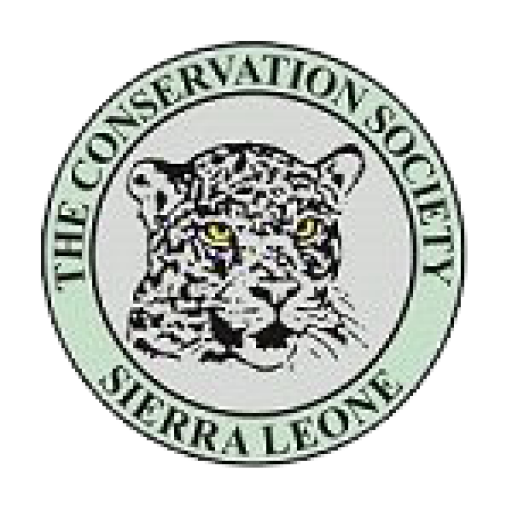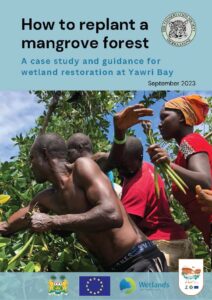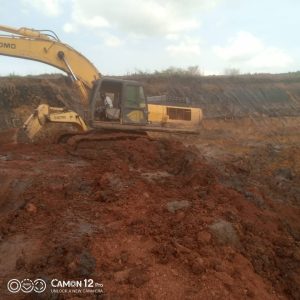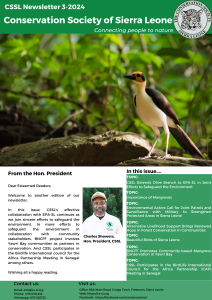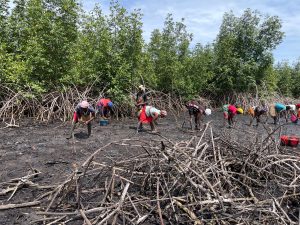Mangrove forests are key players to mitigate climate change consequences, protect coastal communities and prevent erosion and flooding. One of the strengths of mangrove is the huge amount of carbon they can store, thus the increased importance for their restoration and protection.
With support from the PAPBio project through Wetlands International, the Conservation Society of Sierra Leone (CSSL) recently engaged communities around Yawri Bay to protect and restore four hectares of their degraded mangrove forests. CSSL is not alone in this fight as there are many other active players in mangrove restoration. Knowledge sharing among actors is therefore key, to improve outcomes and to support each other with lessons learned and best practices. The processes involved, outcomes and lessons learned from the activity were catalogued and published as a case study to open the floor for other organisations and government institutions to learn from in our quest to protect and restore our degraded mangrove areas across the country.
“For us, community involvement is key to all our activities. Without the communities, the forests will not be sustained for a long time. We experienced that in many places: you plant a tree and it will be cut down again if you don´t involve the surrounding communities in the reforestation work”
Abdulai Dauda, Project Coordinator, CSSL-PAPBio
After selecting the sites for the restoration and the collection of the propagules, the planting exercises started, followed by the second phase. Restoration is not over after planting new trees. The continuous engagement of communities to ensure awareness and understanding of the importance of the long-term restoration is key.
The success: Communities continue restoration
“We can all see and feel the consequences of the loss of our mangrove forests. But we did not fully understand the interrelations between the mangroves, the fishes, the soil degradation and our livelihoods. Thanks to CSSL, we know now what we have to do to improve our living conditions again. We know now that protection and restoration of mangroves is one important part of it”
Restoration Committe Member
The biggest success of the restoration activity and the community involvement is not the area of four hectares where propagules were planted together with CSSL. The biggest success was the video which reached the Project Coordinator few days after the restoration activity. Community members continued to restore degraded areas – without CSSL. They took up the challenge and made it their own. These communities are our strong partners now in the fight to restore mangroves, conserve biodiversity and protect livelihood of communities.
The case study: How to replant a mangrove forest
This restoration activity was not the first to be conducted by CSSL, and of course, will not be the last. The Society therefore, has a good experience in this exercise and is pleased to share with others. During a meeting of the Ramsar Site Committee, the feedback from participants made it clear that a national mangrove restoration guide will be very helpful for mangrove restoration for the country. Until now, there was no document available with advice, lessons learned and best practices for Sierra Leone.
CSSL`s case study and guide for wetland restoration at Yawri Bay explains the steps for a successful restoration, tips on how to select species of propagules and recommendations for further action. This document is meant to make it easier to plan and organize future mangrove restoration activities as well as develop a national mangrove restoration guide.
To read the case study, click on the picture on the right or click this link:
“How to replant a mangrove forest. A case study and guidance for wetland restoration at Yawri Bay”
For more information on the our work at the Yawri Bay follow this link:
PAPBio – Management of mangrove forests from Senegal to Benin
